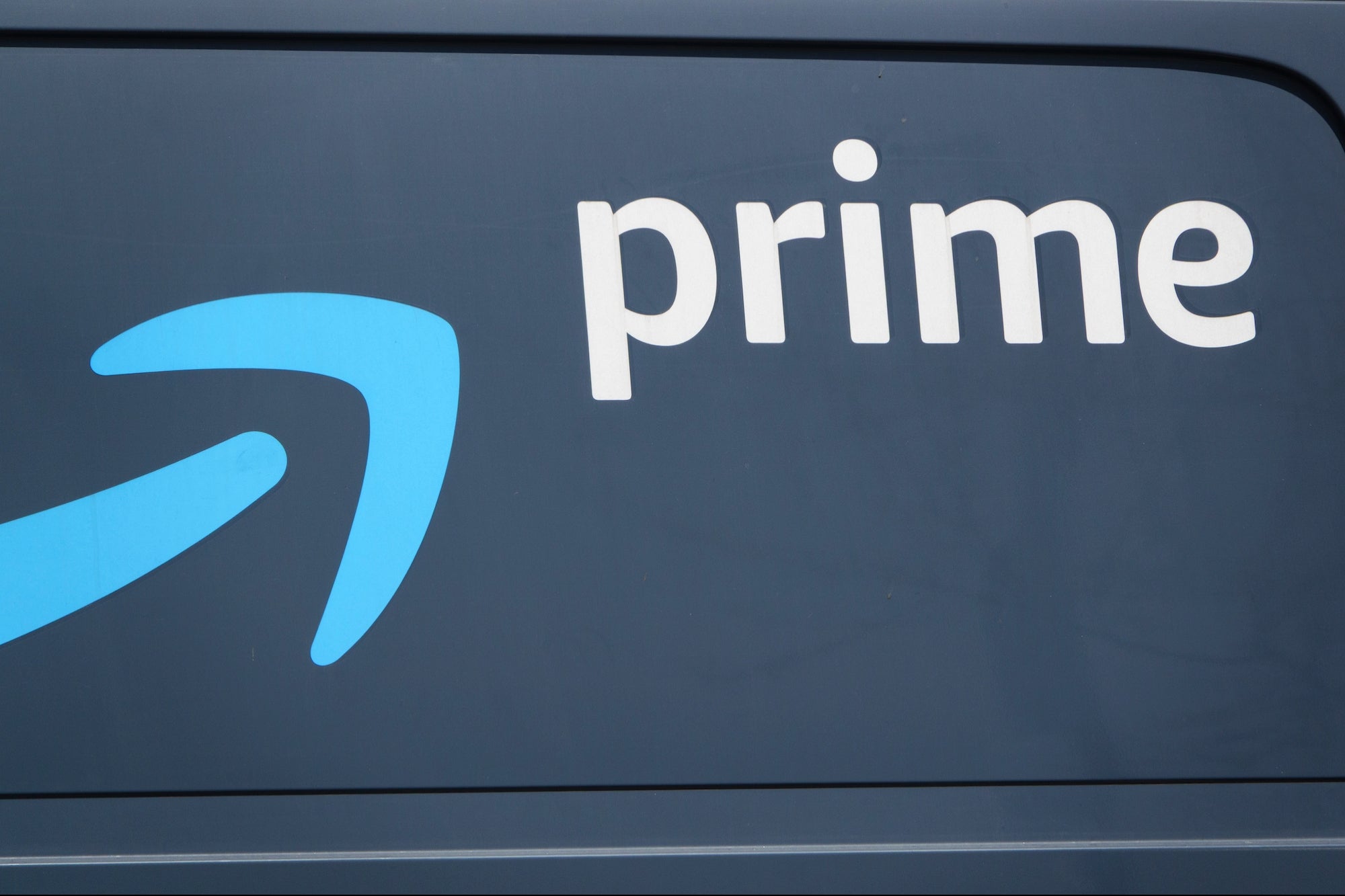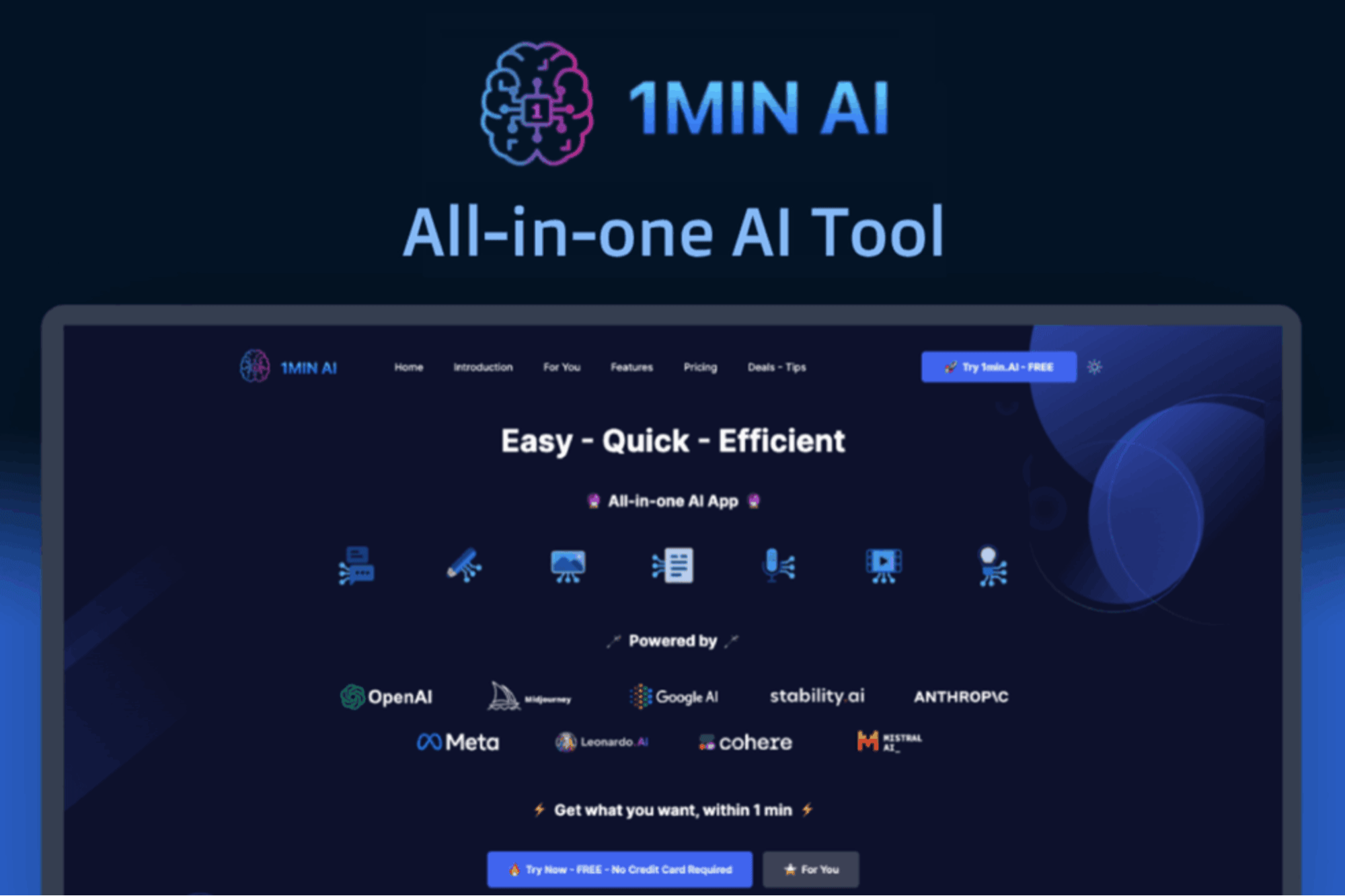Opinions expressed by Entrepreneur contributors are their own.
Most business owners obsess over growth. More customers. More features. More revenue. But private equity (PE) investors focus on something different: capital efficiency.
They ask a sharper question: Where is our next dollar best spent? This isn’t just a finance exercise. It’s a mindset. And it’s one every business owner can adopt, whether you’re bootstrapped, funded or somewhere in between.
By thinking like a capital allocator, you stop reacting to growth and start engineering value. You shift from chasing momentum to building a machine.
Related: 21 Ways Startups That Have Used Capital Efficiency to Stay Ahead
What is capital allocation, and why should you care?
At its core, capital allocation is deciding how and where to deploy your limited resources (cash, time, people) to generate the best returns.
PE firms live by this. They don’t just grow businesses — they transform them through precise capital deployment. Every decision flows through a return on capital lens.
This same discipline, applied to your business, changes everything from how you hire to how you scale.
In fact, many founders are now using these strategies even without raising institutional capital. Here’s how fundless founders are scaling like PE firms, proving that you don’t need a fund to think like one.
1. Every dollar should have a job (and a return)
In the PE world, no dollar moves without a purpose. That same clarity should exist in your business. Before spending, ask:
-
What is the expected return?
-
How soon will it pay back?
-
What’s the risk-adjusted upside?
Thinking this way forces prioritization. For example, if you’re considering a $50K rebrand, you should ask: Will this rebrand drive customer conversion or retention? Or would that same $50K drive more ROI through performance marketing or a key hire?
To help quantify this, many institutional operators use ROCE (Return on Capital Employed), a simple metric that tracks how effectively you’re using capital to create profit.
2. Define your internal “buy box”
Private equity firms use a “buy box,” a set of strict filters that define which businesses they’ll acquire. It helps them stay disciplined and avoid shiny distractions.
As a founder, you should build a similar filter, not for M&A (yet), but for internal capital allocation.
-
What kinds of projects do you greenlight?
-
What’s the minimum ROI or payback threshold?
-
What types of spending are always a “no?”
This framework protects you from spreading yourself (and your budget) too thin. It also lays the foundation for growth via acquisition when you’re ready. More founders are scaling through micro-acquisitions, and having a buy box in place makes that process repeatable.
Related: 4 Ways to Make Value Creation Core to Your Business
3. Value creation beats growth every time
Ask any PE investor: It’s not just about growth. It’s about value creation.
That means focusing on:
A business with flat revenue but rising EBITDA is often more valuable than one growing top line with no profits.
In fact, CFOs in top-performing companies are shifting their focus from reporting to building systems that actually drive enterprise value.
If you’re not thinking about your business like an asset, you’re missing half the picture.
4. Be exit-ready always
You may not want to sell. However, you should build as if you could at any moment.
PE-backed companies operate with an exit in mind from day one. That means:
Even if you never exit, this mindset leads to better operations, stronger team alignment and higher optionality.
If a strategic acquirer called tomorrow, would your business be ready? Could they run it without you? If not, it’s time to tighten the machine. You can take cues from how fundless founders are structuring their companies as sellable assets.
5. Build dashboards, not just to-do lists
Capital allocators don’t rely on gut feelings. They rely on dashboards that reflect real-time performance.
In your business, this might look like:
-
CAC vs. LTV by channel
-
Contribution margin by product line
-
Cash runway, burn rate and payback period
-
Net revenue retention
-
Team efficiency (revenue or margin per FTE)
If you can’t see it, you can’t scale it. And you don’t need a CFO to get started. This breakdown shows how to build institutional-grade systems even if you’re operating solo or lean.
Related: How to Use Real-Time Data to Fine-Tune Your Business Decisions
6. Make capital allocation a habit, not a headache
This isn’t just a quarterly exercise. Capital allocation is a daily discipline.
Every time you say “yes” to a spend, ask:
-
What are we saying “no” to?
-
What is the expected return?
-
Is this aligned with our buy box?
When you shift to this mindset, decisions become clearer, waste gets cut, and every dollar starts to do more work.
This isn’t about turning your business into a spreadsheet. It’s about building a company that actually compounds in value.
When you start thinking like a capital allocator:
-
Growth becomes intentional
-
Teams stay focused
-
Cash is preserved for high-impact moves
-
Optionality increases your scale or allows you to sell on your terms.
Because in the end, you’re not just running a business; you’re building a financial asset. The earlier you treat it that way, the more leverage you create.
Most business owners obsess over growth. More customers. More features. More revenue. But private equity (PE) investors focus on something different: capital efficiency.
They ask a sharper question: Where is our next dollar best spent? This isn’t just a finance exercise. It’s a mindset. And it’s one every business owner can adopt, whether you’re bootstrapped, funded or somewhere in between.
By thinking like a capital allocator, you stop reacting to growth and start engineering value. You shift from chasing momentum to building a machine.
The rest of this article is locked.
Join Entrepreneur+ today for access.








